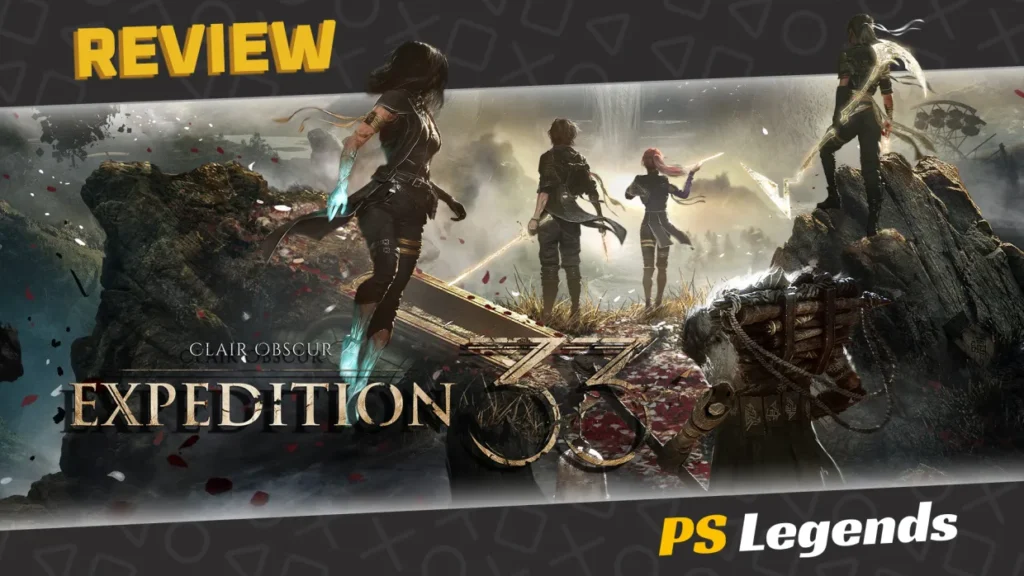Ah, Catherine, a game I have some history with. Being able to snag an early imported version of it meant I was able to share my experiences with this unusual offering with an eager audience, and that’s precisely what I did. However, it’s such a remarkable project that it’s as difficult to review as it is to understand. It’s very much a narrative-driven experience, and that, for the most part, is a good thing. However, this also means that this review has been edited time and time again to keep things relevant, accurate and spoiler-free.
Whilst I usually like to show off games that are close to my heart, in this case, the review is personal to me since a very early draft graced the pages of 360 Gamer magazine. Now, without a character limit, I can publish my complete work in its entirety, with a sprinkling of 2024 hindsight included.
Introduction
Have you tried buying Catherine in a shop? You know, a proper ‘bricks and mortar’ shop? It’s very much a needle in a haystack situation. Despite most gaming magazines hyping it up years before its release, most (if not all) high-street retailers anticipated low sales of the lovely yet mysterious Catherine, and with very good reason it would seem.
You see, Catherine’s greatest feature could also be considered its biggest flaw. The game doesn’t fit into a particular category. Rather, it’s an amalgamation of genres; part puzzle game, part Japanese role-playing dating sim, with a bit of survival horror thrown in too. Catherine is certainly one of a kind.
The game was developed by the same studio behind the Persona series, including producer and director Katsura Hashino, character designer Shigenori Soejima, and music composer Shoji Meguro. The game began production near the end of Persona 4‘s development in 2008, with the aim being to create something for a more adult audience. The English localization was handled by Atlus USA and was released in North America in 2011 and in PAL regions by Deep Silver in 2012.

Story
You’ll be controlling Vincent Brooks, an immature 32-year-old whose life is one day turned upside-down when his long-time girlfriend, the successful and elegant Katherine (with a ‘K’) starts talking about marriage and children. Vincent’s response to this is to get drunk at a local bar, only to wake up the following morning next to another woman.
Vincent is seduced by the blonde, bubbly, beautiful, 22-year-old Catherine (with a ‘C’). Ever since that fateful encounter, Vincent has been suffering from terrifying nightmares, though he struggles to remember them when he awakes each morning. With Catherine offering uncomplicated pleasure and Katherine offering him a stable if predictable future, Vincent will need to decide where his heart lies, and fast.

Gameplay
In its ten hour lifespan, you’ll spend around ten minutes of every hour exploring Vincent’s local bar, ‘Stray Sheep’, interacting with the troubled folks within. You’ll be chatting to your friends and new acquaintances, and hopefully helping them out with their personal issues. You can also text your lady friends to build or damage your relationships with them.
For the rest of the game, you’ll spend your time trapped in Vincent’s nightmares. These are the puzzle sections, moving and climbing increasingly repetitive (and frustrating) towers of blocks while something nasty chases you.
These puzzle sections can’t be skipped unless you’ve completed them previously with a perfect score, something that’s almost impossible to do. You’ll likely find yourself admitting defeat and switching on the game’s hidden ‘Very Easy’ mode which is something of a life-saver during those ten hours ever-growing challenges you’ll be facing.
During his time in Stray Sheep, Vincent can purchase drinks which help his navigation of Nightmare stages, but also impede his movement if he has too many. He can also play a minigame titled ‘Rapunzel’ which mimics the gameplay in nightmares, or listen to a jukebox containing tracks from other Atlus games. Leaving the Stray Sheep will trigger the next Nightmare section.
Vincent must climb towers made of blocks, which he must arrange into a staircase to reach the exit. As he climbs, the tower collapses beneath him, and if he fails to arrange the blocks before the collapse reaches him, Vincent will fall and the game ends; he either restarts from the last checkpoint on the tower if Vincent has a ‘pillow’ item, or the player must restart the game from their last save.
Blocks can be freely pushed and pulled, balanced on the edge of a similar block to form steps. In addition to standard blocks, some blocks have additional functions such as springing Vincent higher, whilst some blocks are lethal traps. Vincent can earn pillows that allow him to retry levels tucked away in harder to reach places. There are also several items which can be found or purchased in between stages, such as spare blocks, lightning which removes obstacles, and energy drinks that allow Vincent to climb more steps at a time.

Graphics/Sound
The game uses an anime style of cel-shaded visuals which usually does look rather good. Characters look obscure yet charming, although enemies who are clearly intended to frighten fail to do so, and for a game about the perils of adultery, the sexual content is so heavily cut and censored that it’s almost non-existent.
The voice acting has an interesting story behind it. Rather than recording as a team, each actor recorded their lines separately. VA legends Troy Baker and Laura Bailey voice Vincent and Catherine respectively. In contrast to the majority of Japanese game localisations, the lip movements for some cutscenes were adjusted so they would sync with the English voices. This was done to give the acting and performances a more natural feel, which really shows. This meant that the voice actors had more freedom to ad-lib parts of their performances.

Replayability
Completing a stage awards a score based on the time completed and items collected. These are posted to online leader boards accessed from the game’s start menu. In addition to the standard mode, Babel Mode features four large stages playable with up to two players, while the Colosseum features two players simultaneously playing a stage in order to reach the top first.
The game has multiple endings depending on the choices made by the player during the course of the narrative. Much like Deathsmiles (which you hardcore Otakus will recall was released at the same time) the game pushes you to make multiple playthroughs (something that gets really old, really fast) just to find out how the ending might have changed if you’d been that bit more loyal or sinful. Still, the branching storylines are there if you can be bothered with them.
Unfortunately, like many multiple-choice morality games, the choices you make have no impact on the gameplay or the main storyline, only the ending cinematic, meaning you might as well just watch each ending on YouTube and save yourself the tedium of playing through the game again.

Conclusion
Whilst the formula sounds pretty cool on paper, once you see how haphazardly the elements are stuck together, one can’t help but see how imbalanced it all is. The flimsy design choices don’t stop with the irregular gameplay flow either. It’s really hard to see how the game earned its ‘18’ rating. There are a few swears, sure, but the horror elements are really lost among the anime art-style.
Most of the ‘adultery’ featured in the game simply consists of Vincent waking up with a hangover (even if he didn’t actually drink the night before) with the titular Catherine wandering around his bedroom. It feels more like a slumber-party than an affair.
The game certainly delivers a sense of mystery as you piece together Catherine’s endgame but it’s missing that raw sexuality you’d expect from the experience, a department where, even to this day, console gaming fails to deliver while PC dating sims and hentai titles do so effortlessly.
Once advertised as ‘the Playstation 3’s first Hentai game’, Catherine fails to live up to its expectations and certainly doesn’t deliver what its target audience wants. Over-censorship is a big issue here. To quote from an earlier work: ‘If you’re going to depict a sex-scene in a game, do it properly. Otherwise it’s a bit like reading a book with a paragraph missing’.
Catherine is by no means a bad game. It’s a true marvel of original storytelling, but it’s just such a repetitive and unrewarding experience. There are some genuinely superb ideas in there, they just all need a lot more work.
With more emphasis on character interaction and development in Vincent’s personal life, such as his job and his awkward dates for example, along with a reduction in both the difficulty and overall size of some of the later puzzle sections, this could have been spectacular. Sadly, given the game’s open-ended design and a story focused only on Vincent, Catherine is unlikely to spawn a sequel that sorts out its substantial issues.
Joys
- Great feeling of mystery throughout
- Interesting concept
- Catherine (the character) is adorable
Cons
- Overlong puzzle sections
- Repetitive yet fragmented gameplay
- Some lousy endings






